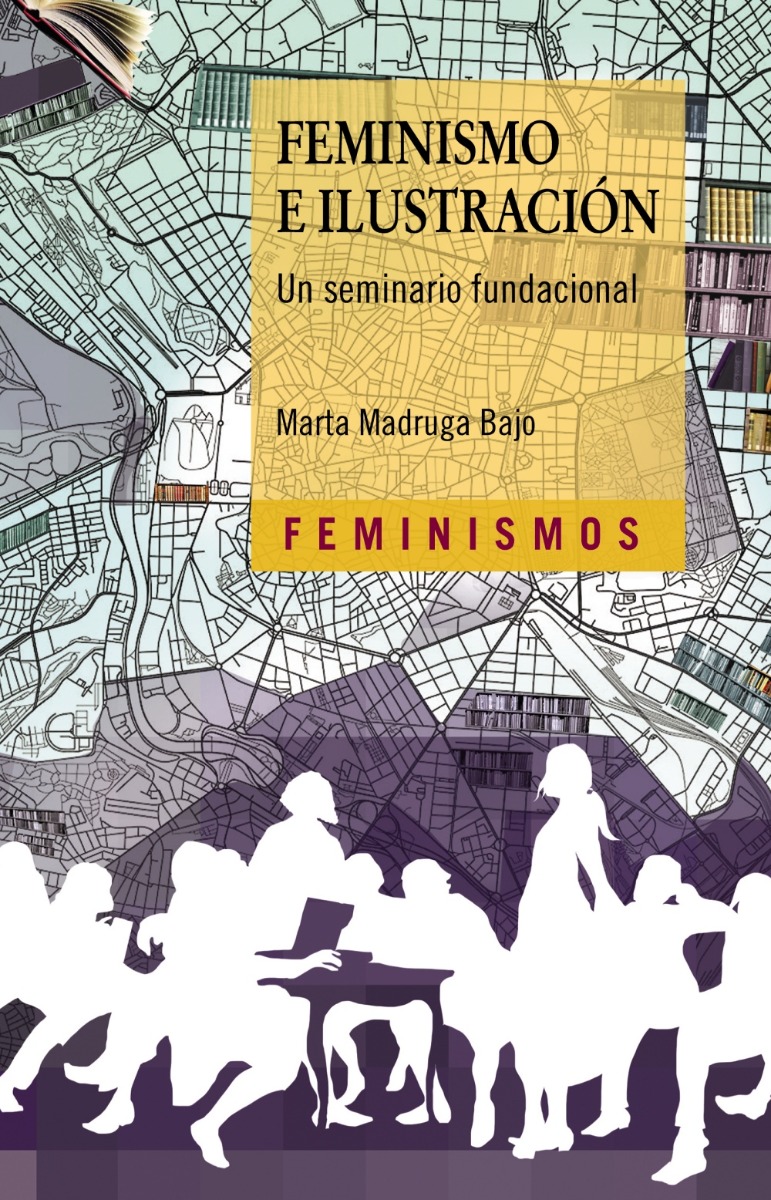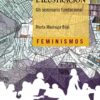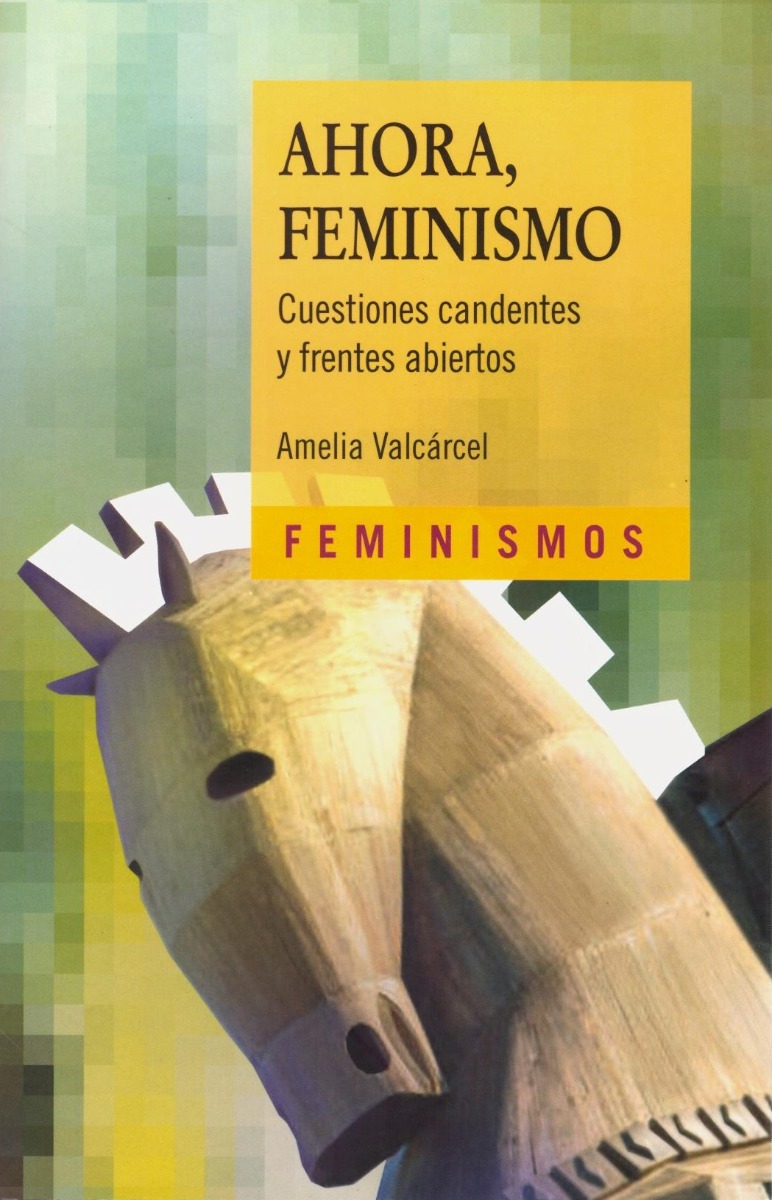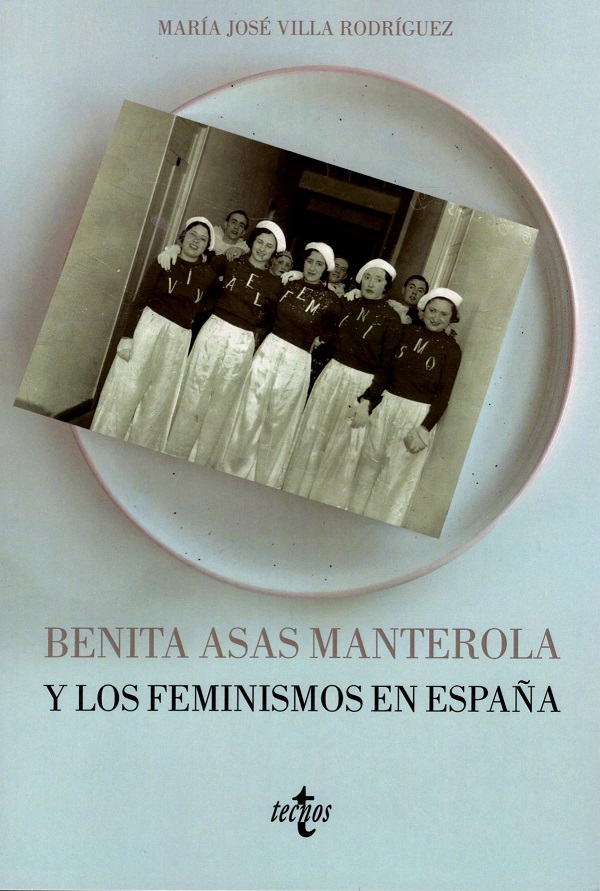Para comprender en profundidad el pensamiento y la praxis feministas en nuestro país, es indispensable conocer el origen y el desarrollo del Seminario Permanente “Feminismo e Ilustración” creado por la filósofa Celia Amorós en la Universidad Complutense de Madrid a finales de los años ochenta del siglo XX.
El intenso trabajo de revisión de la Modernidad llevado a cabo por Amorós y las investigadoras que la acompañaban ha permitido formular un proyecto feminista de emancipación y de transformación social cimentado en la demanda de la universalización real de la igualdad y la autonomía prometidas por la Ilustración. Inscribiendo este Seminario en la historia del feminismo, este libro realiza una necesaria tarea de genealogía que reconoce la herencia y la proyección de este grupo fundacional tan importante en el feminismo de lengua castellana.
-5%
Feminismo e Ilustración. Un seminario fundacional
ISBN: 9788437641324
El precio original era: 20,40€.20,40€El precio actual es: 20,40€. 19,39€ IVA incluido
Solo quedan 4 disponibles (puede reservarse)
| Fecha de edición | 10/09/2020 |
|---|---|
| Número de Edición |
1 |
| Idioma | |
| Formato | |
| Páginas |
480 |
| Lugar de edición |
MADRID |
| Colección |
FEMINISMOS |
| Encuadernación |
También te recomendamos…
-5%
El precio original era: 17,00€.17,00€El precio actual es: 17,00€. 16,15€
Feminismo (s) y/ en traducción feminism(s) and/in translation
ISBN: 9788413690421
Edición: 2020
Autor: José Santaemilia RuizCategorías: FEMINISMO, INTERLINGUA, TRADUCCIÓN-INTERPRETACIÓN, INTERLINGUA, COMARES, EDITORIAL
-5%
El precio original era: 16,00€.16,00€El precio actual es: 16,00€. 15,19€
Ahora, feminismo. Cuestiones candentes y frenes abiertos
ISBN: 9788437640372
Edición: 2019
Autor: Amelia Valcárcel Y Bernaldo De QuirósCategorías: FEMINISMO, CATEDRA, EDICIONES
-5%
El precio original era: 18,00€.18,00€El precio actual es: 18,00€. 17,10€
Benita Asas Manterola y los feminismos en España
ISBN: 9788430978878
Edición: 2020
Autor: María José Villa RodríguezCategorías: HISTORIA, HISTORIA DE ESPAÑA, FEMINISMO, TECNOS, EDITORIAL, CIENCIA POLÍTICA TECNOS














